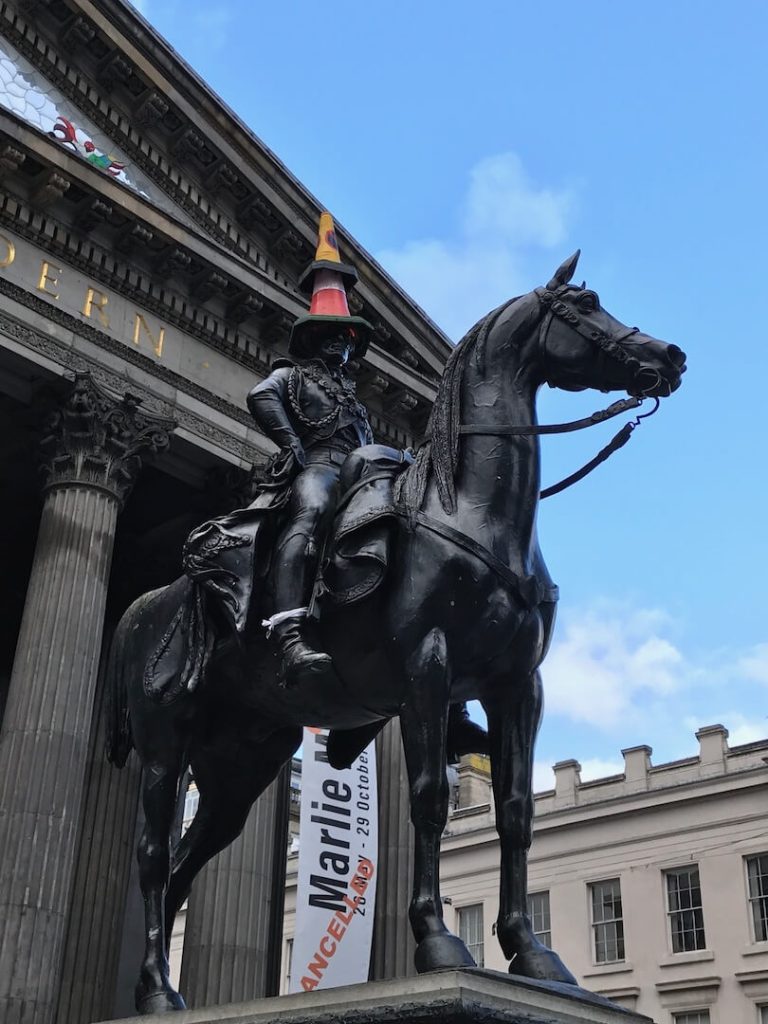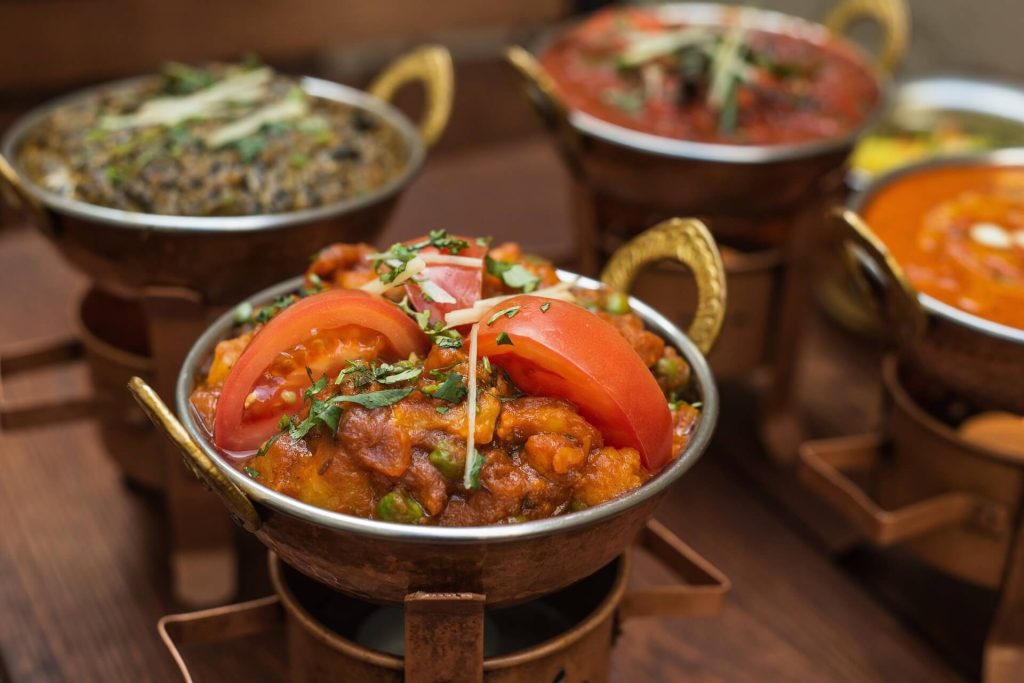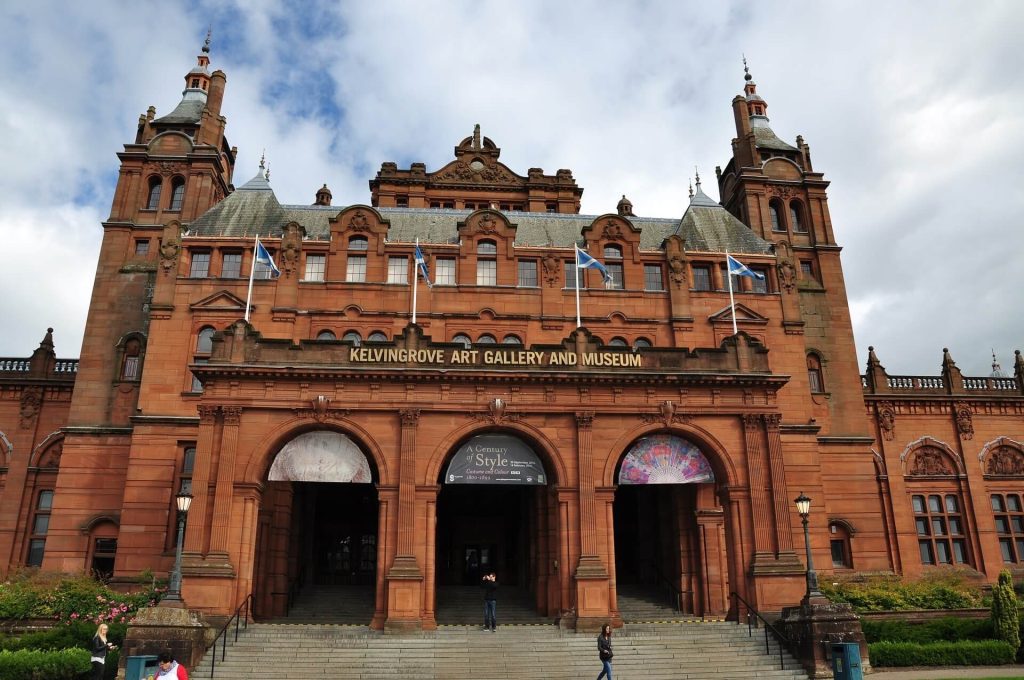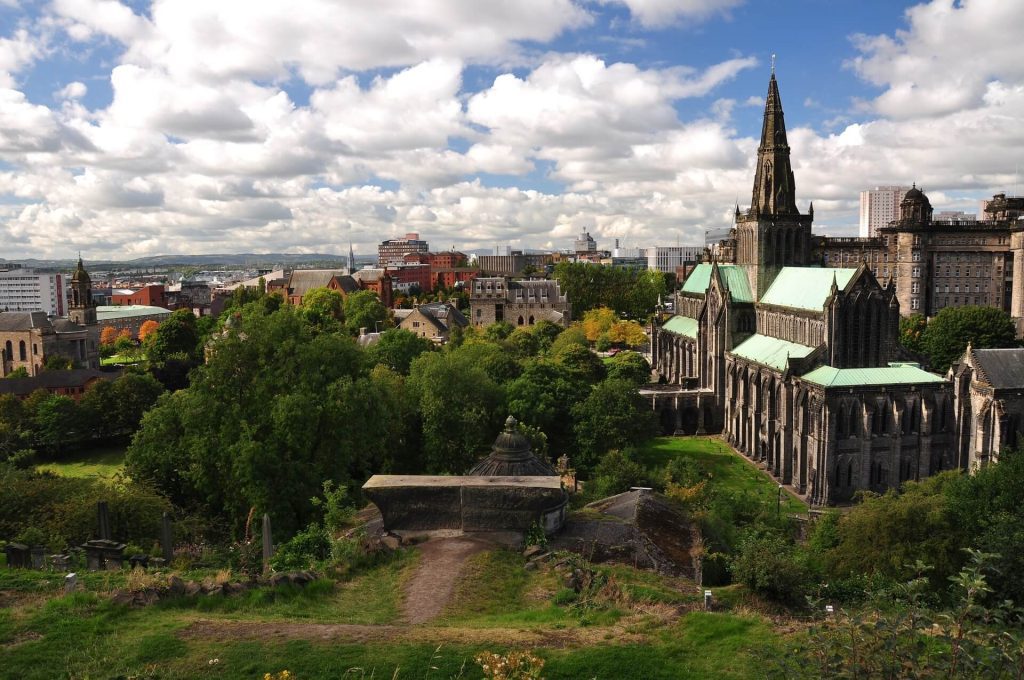If we were feeling lazy, we would simply write one sentence in response to the title of this blog: Yes, you absolutely should visit Glasgow.
But, because we know this won’t satisfy curious travellers genuinely looking for an answer, we’d like to expand on this, telling you why Glasgow is such a great city to visit.
Right from the start, we should admit that we are not unbiased in our love of Glasgow, Edinburgh, and all things Scotland. Many of our range of Day Tours in Scotland and Multi-day Vacations in Scotland depart from Glasgow because we know it’s an ideal base for visitors.
So, we will try to keep it brief, telling you some of the best things to look forward to about Glasgow. And if you have any questions about our tours after you read this blog, please don’t hesitate to get in touch.


Glasgow is Great for Shopping
For some travellers, they can’t get a real feel for a city until they try out their shops. Well, Glasgow certainly won’t disappoint. This is Scotland’s biggest city, both in terms of population and in terms of geographical size. With all these people, comes a smorgasbord of shops.
Fashionistas won’t be disappointed by Glasgow’s range of clothes shops — from high-street fashion and high-end designer outlets to a peppering of vintage stores throughout the city.
But there is more than just fashion in Glasgow’s shopping scene — most notably: books. There are all the usual big bookshops in Glasgow, but there are also lots of independent bookstores.
The highlight for many book lovers is Voltaire and Rousseau in the West End; this is a second-hand bookstore with a ramshackle charm. You have to be willing to get up on the ladders or dig into the piles of books. You may even find some rare, valuable tomes…
Dining Out in Glasgow


We Scottish people love to make fun of ourselves, and this self-deprecation often extends to our own cuisine. Glaswegians make jokes about how they batter and deep fry everything, making some of the least healthy food around. The catch: battered food is delicious (in small doses).
Glasgow is arguably the originator of the battered Mars Bar and the pizza crunch (a battered slice of pizza that is as delicious as it is audacious). There are also some of the best fish and chips you’re likely to try anywhere in Great Britain.
But there is so much more to Glasgow than fried food… With a diverse population of first, second, and third-generation immigrants from all around the world, Glasgow has some truly exceptional Asian restaurants, including Japanese, Korean, Thai, and Vietnamese spots.
But where Glasgow truly stands above anywhere else in Scotland, is with its Indian restaurants. It has a diverse range of Indian restaurants, with many of the best-rated and most-loved all being located in the West End:
- Mother India’s Cafe
- Little Curry House
- Mister Singh’s India
- Mother India Restaurant
- Indian Orchard
- Horn Please
If all these delicious restaurants weren’t enough to encourage foodies with a penchant for spice to visit Glasgow, consider that the famous dish Chicken Tikka Masala was actually invented in Glasgow.
Along with the likes of Leeds and Birmingham, Glasgow is considered to be one of the curry capitals of Great Britain.
And the reputation is well deserved!
Glasgow’s Culture and Art Scene


If you love getting into a city’s museums and galleries, then Glasgow will not disappoint. With 22 museums, 15 theatres, and 28 art galleries, Glasgow is one of the most culturally rich cities in the UK.
For many, the highlight is the Kelvingrove Art Gallery. This huge gothic structure close to the University of Glasgow is worth visiting just for the building alone — which is lit up an eerie red at night. But the museum also boasts artwork from Whistler, Van Gogh, Rembrandt, Tuner, Gauguin, and Dalí — to name only a few.
The Gallery of Modern Art (GoMA) is in the city centre, and it provides a very different kind of experience to Kelvingrove. Expect avant-garde artists, pushing modern art with creative and surprising exhibitions.
At the time of writing, there is a Banksy exhibition in the GoMA that is drawing art lovers to Glasgow from all over the world.
Glasgow’s Historic Sites


There are far too many places of historical significance in Glasgow to summarise them at the end of this blog. So, we won’t even try. But we would like to get a sense of the history’s sprawling history, offering a few highlights.
Originally a small rural settlement, it transformed into a major trading centre in the 17th century. The city prospered during the Industrial Revolution, becoming a global hub for shipbuilding, engineering, and textiles.
Glasgow played a pivotal role in the abolitionist movement and witnessed social and political reforms.
The first settlement that later became Glasgow dates back to a monastery established by St Mungo in the 6th century.
Over six centuries later, this monastery was built into the Glasgow Cathedral. Glasgow Cathedral, also known as St. Mungo’s Cathedral, has a remarkable history dating back to the 12th century.
It stands as one of Scotland’s most significant religious landmarks.
The cathedral has witnessed various architectural styles, including Romanesque and Gothic influences. It played a central role in the development of the city and served as a religious and cultural centre.
Despite experiencing damage and restoration over the centuries, the cathedral remains an enduring symbol of Glasgow’s heritage and attracts visitors with its stunning architecture, intricate stained glass windows, and historic significance.
Three historic sights worth visiting in Glasgow:
- The Mackintosh House: This is part exhibit in the Hunterian Art Gallery and part historical site as it is a careful recreation of Charles Rennie Mackintosh’s Glasgow home, made by reassembling the various iconic items of art and furniture that the famous artist had designed himself.
- The Necropolis: You’ll find this Victorian graveyard on the hill above Glasgow Cathedral. It has over 3,500 graves, many of them ornate crypts and mausoleums built to honour the city’s wealthy merchants.
- The Antonine Wall: This Roman wall was built in 142 AD. It was built from coast to coast, but the ruins in Glasgow’s Bearsden are the best-preserved portion.
Note: there are so many more incredible historic sites in Glasgow, but we hope this blog has at least inspired some readers with a historical bent to come to explore the rest of the city’s historicity for themselves.
There is a lot more we could say about Glasgow, but we’re not trying to write everything there is to know about Glasgow. That would take dozens of novel-length travel books.
Instead, we hope we’ve inspired you to visit Glasgow.
If anything we’ve written here has inspired you to visit Glasgow, we hope you’ll also consider joining us at Purple Heather Scottish Tours for a day tour from Glasgow or a multi-day Scotland tour. Feel free to get in touch with any questions at all!








